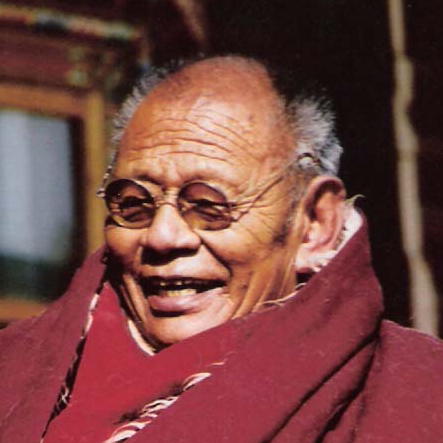

The Jahanabad Buddha rock carving lies in a side valley off the main River Swat near the road from Saidu Sharif and Mingora which tracks along the edge of the main river. It is a huge 7th-century Buddha carved on a cliff dominating the approach up the valley. At six meters tall the Jahanabad Buddha was claimed to be the largest carved buddha in Central Asia after the Buddhas of Bamiyan.
(See: https://youtu.be/HLl40ZDHpf8)



To reach the Johanabad rock carving takes around a 40 minute walk up into the hills. The path is surrounded by fruit trees and beautiful flowers.


The local farmers were picking peaches and invited us to join them and offered us an abundance of peaches.
(See: https://llewelynmorgan.com/2018/09/23/swat-i-the-jahanabad-buddha/amp/)
In a recent article (“The itinerary of O rgyan pa in Swat/Uddiyana (second half of 13th Century)”, Journal of Asian Civilizations 40 [2017]), Dr Olivieri establishes that additional confirmation of the site’s importance comes in an account by a Tibetan pilgrim to Swat (ancient Uddiyana) in the 13th Century, O rgyan pa (whose name means “the man of Uddiyana”: his trip made him famous), originally translated by Giuseppe Tucci in Travels of Tibetan pilgrims in the Swat valley (Calcutta, 1940), at p. 52. O rgyan pa describes a temple called Mangalaor, founded by king Indraboti, “where there are various stone images of Buddha (Munindra), Tara and Lokesvara” (aspects of the Buddha). Mangalaor must be Manglawar, and Indrabhuti, in the Tibetan tradition, was both himself an important teacher and also the spiritual father of Padmasambhava or Guru Rinpoche, the figure credited with the establishment of Buddhism in Tibet…..’

